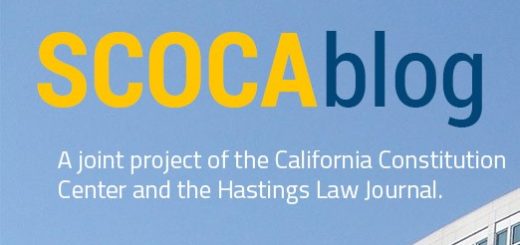Event announcement
The California Supreme Court Historical Society presents: Looking Back: A Review of Significant Decisions of The California Supreme Court in 2023 Thursday, February 15, 2024 – Webinar12:00 PM to 1:00 PM Click here to register! Introduction by California Supreme Court Justice Joshua GrobanPresentation by David A. Carrillo, Berkeley Law There is no charge for this program. 1 hour MCLE Credit is available to California Supreme Court Historical Society members at no charge. Non-members may purchase MCLE credit for $25.00 This program is co-sponsored by: Alameda County Bar AssociationThe Bar Association of San FranciscoCalifornia Constitution Center at Berkeley LawCalifornia Lawyers AssociationCitrin...




